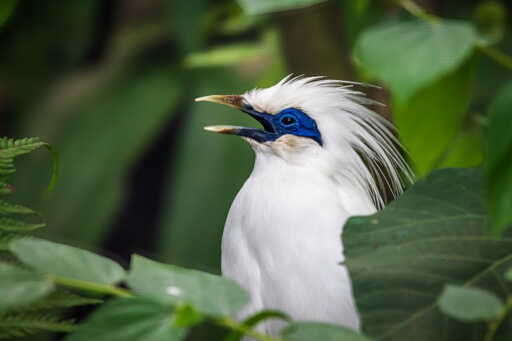One of the world’s rarest birds has rebounded from near extinction after Indigenous communities on the Indonesian island of Bali committed to protect it under traditional laws, Mongabay contributor Heather Physioc reported. The Bali starling (Leucopsar rothschildi) is a songbird with striking white plumage and a cobalt-blue face. In 2001, just six birds were known to live in the wild. By 2021, there were roughly 520. “All the people in our village are working together to secure this species,” said Made Sukadana, chair of an organization working to increase tourism in Bali’s Tengkudak village. “We plant fruit trees for the Bali starling and support a dedicated, passionate bird person who monitors daily.” But that wasn’t always the case. Decades of aggressive poaching driven by the pet trade devastated the wild population, overwhelming conservation efforts by both NGOs and the Indonesian government. For example, the Tegal Bunder Breeding Center released 218 birds into Bali Barat National Park over the course of 18 years, yet the wild population continued to plummet. Many of the released birds lingered near release sites and became easy targets for poachers. Others remained dependent on humans or didn’t survive in the wild. In the 1990s, traffickers were paying up to 40 million rupiah (about $4,500 at the time) for a pair of Bali starlings, more than a park ranger’s annual salary, making it easy to pay off officials. Even increased patrols by rangers couldn’t stem the losses; 78 birds were ultimately stolen from the breeding center. The turning…This article was originally published on Mongabay
From Conservation news via this RSS feed


